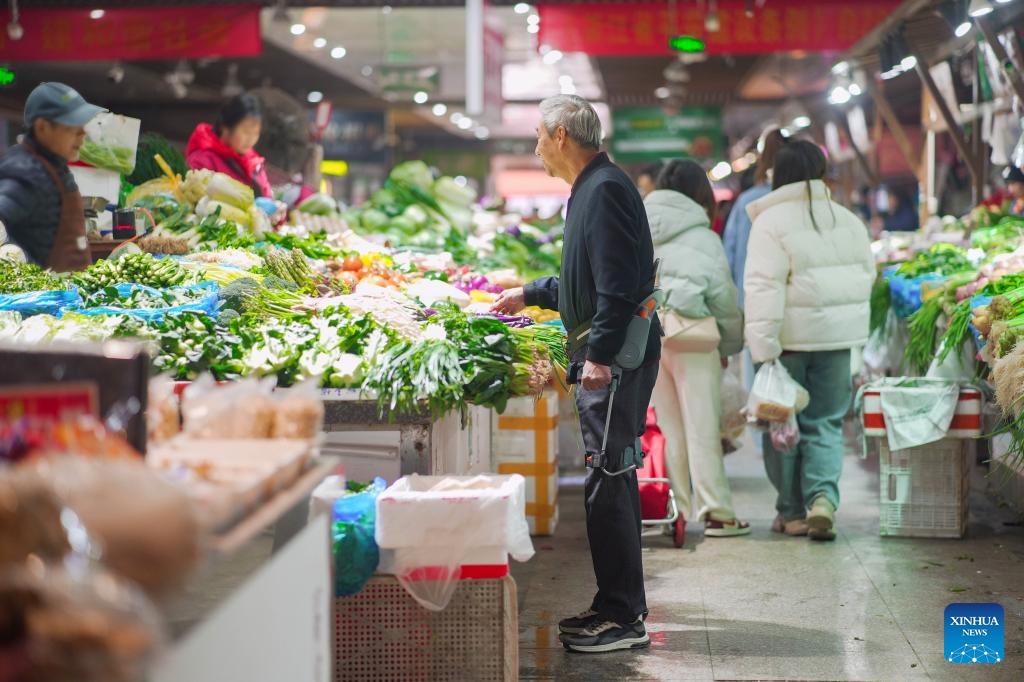Keeping tradition alive
Inheritors of intangible cultural heritage help ensure their art not only survives but thrives, Alexis Hooi and Wang Haoran report in Rizhao, Shandong.
By Alexis Hooi and Wang Haoran | China Daily Global | Updated: 2024-01-29 16:10

"Elderly family members who live with their children and grandchildren in apartments can still enjoy grinding grains for their breakfast and other meals, which many people believe are still more healthy than processed foods," he said.
Zhao said he hopes to educate more people from home and abroad about the millstones and share his personal connections with the object.
He is setting up a museum dedicated to the history and development of Chinese millstones, with a comprehensive array of ancient and contemporary exhibits to be located right next to his workshop.
Interactive displays incorporating multimedia technology will allow visitors young and old to come up close with an important aspect of Chinese agricultural development and civilization, he said.
Zhao added that, in line with preserving and promoting their beauty and purpose, the surface grooves of his millstones must still be painstakingly carved out by hand.
"Creating the grooves in specially selected local, hardy stone lies at the heart of every millstone and that remains an integral part of our tradition and heritage," he said.
























